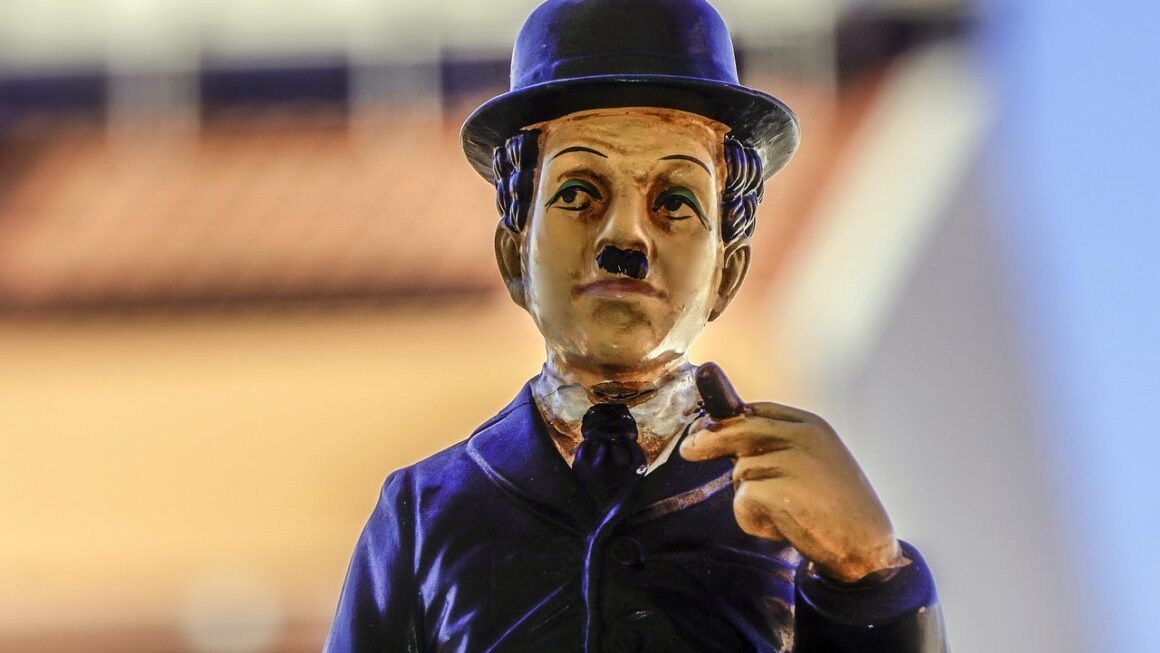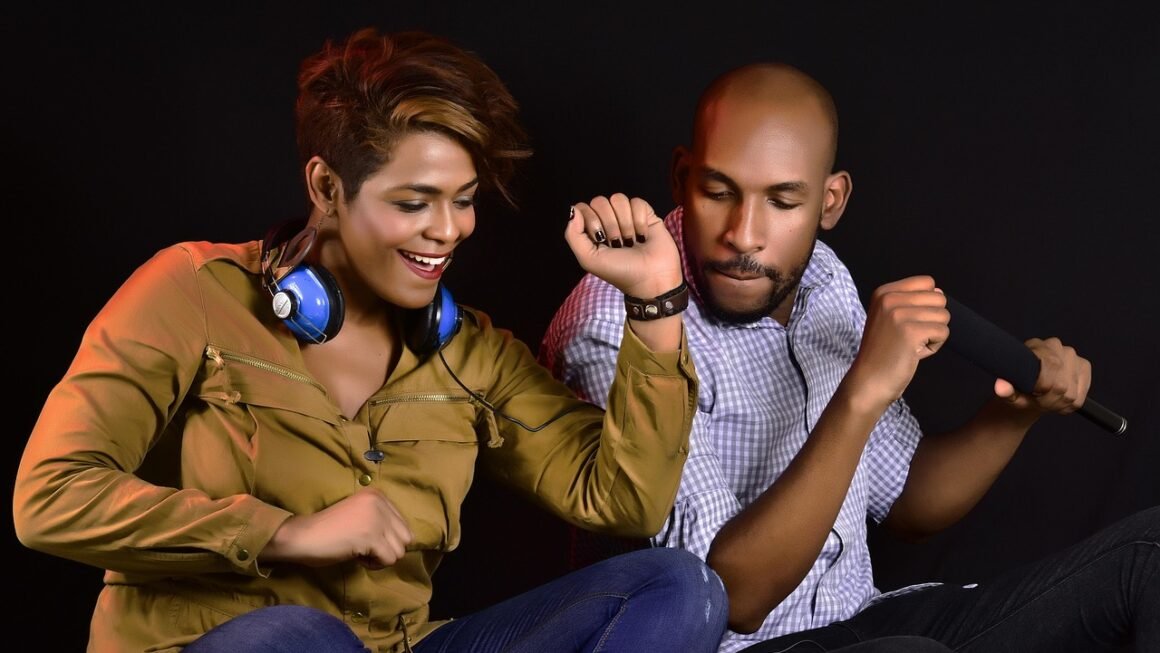The red carpet: A symbol of glamour, prestige, and unforgettable moments. More than just a pathway, it’s a carefully orchestrated stage where celebrities showcase their style, films are celebrated, and memories are made. From movie premieres to award ceremonies, the red carpet event has become a global phenomenon, capturing the world’s attention and setting fashion trends. Let’s explore the fascinating world of the red carpet, delving into its history, significance, and evolution.
The History and Evolution of the Red Carpet
Early Origins
The concept of the red carpet dates back to ancient times, with references found in Greek tragedies like Aeschylus’ “Agamemnon,” where a red tapestry symbolized honor and divine status. However, its modern association with celebrity and VIP treatment began much later.
- Early Use: Initially used as a symbolic gesture for dignitaries and royalty.
- Railroad Era: In the early 20th century, railroads used red carpets to welcome distinguished passengers, enhancing their travel experience.
- Movie Industry: The association with Hollywood started in the 1920s, with the premiere of “Robin Hood” in 1922 being one of the earliest documented uses.
Transformation into a Pop Culture Phenomenon
The red carpet gradually transformed from a functional element to a crucial aspect of entertainment events. This transition involved several factors:
- Increased Media Coverage: As media outlets expanded, the red carpet became a prime location for celebrity interviews and photos.
- Fashion Focus: The emphasis on celebrity fashion choices and designers elevated the red carpet’s significance.
- Branding Opportunities: Brands recognized the red carpet as a valuable platform for product placement and endorsements.
The Academy Awards, Cannes Film Festival, and Met Gala are prime examples of events where the red carpet became synonymous with high fashion and celebrity culture.
The Significance of the Red Carpet
Symbol of Prestige and Exclusivity
The red carpet acts as a visual marker of exclusivity and importance. It signifies that the individuals walking on it are part of an elite group, recognized for their achievements and influence.
- Exclusivity: Limited access creates a sense of importance and desirability.
- Achievement Recognition: Celebrates the hard work and success of artists and industry professionals.
- Social Status: Affirms the social standing of those invited to attend.
Fashion and Trends
The red carpet is a powerful platform for designers to showcase their creations and for celebrities to make fashion statements. It often sets trends that influence mainstream fashion.
- Designer Showcase: Provides exposure for both established and emerging designers.
- Trendsetting: Influences fashion trends worldwide through celebrity outfits.
- Brand Recognition: Enhances the visibility and desirability of fashion brands.
For example, a dress worn by a celebrity at the Oscars can lead to similar styles appearing in retail stores within weeks, influencing consumer choices.
Media and Public Perception
The red carpet plays a critical role in shaping public perception of celebrities and their projects. Media coverage and social media discussions amplify its impact.
- Public Image: Helps celebrities curate their public image and brand.
- Media Attention: Generates significant media coverage, boosting publicity for events and projects.
- Social Media Buzz: Fuels discussions and opinions on social media platforms.
The way a celebrity presents themselves on the red carpet can significantly impact their career trajectory and public approval.
Behind the Scenes: Planning and Execution
Event Logistics
Organizing a red carpet event involves meticulous planning and coordination to ensure a smooth and glamorous experience.
- Venue Selection: Choosing a location that accommodates the scale of the event and provides an elegant backdrop.
- Security Measures: Implementing security protocols to manage crowds and ensure the safety of attendees.
- Traffic Management: Planning traffic flow to minimize congestion and ensure a smooth arrival process.
Media Management
Managing media presence is crucial for maximizing publicity and controlling the narrative surrounding the event.
- Press Accreditation: Issuing credentials to accredited media outlets.
- Photo Opportunities: Designating specific areas for photographers and videographers.
- Interview Coordination: Scheduling and coordinating interviews with celebrities.
Clear communication and well-defined protocols are essential to manage the large number of media representatives and ensure they capture the best possible coverage.
Celebrity Styling and Preparation
Celebrities dedicate significant time and resources to prepare for their red carpet appearances, ensuring they look their best and make a lasting impression.
- Stylist Collaboration: Working with professional stylists to curate outfits that align with their personal brand and the event’s theme.
- Hair and Makeup: Hiring skilled hair and makeup artists to create flawless looks.
- Personal Training: Engaging in fitness routines to look their best in their chosen attire.
The entire process can take weeks, involving multiple fittings, consultations, and rehearsals to ensure everything is perfect on the big day.
Red Carpet Fashion: Dos and Don’ts
Dressing for Success
Navigating red carpet fashion requires a keen understanding of current trends, personal style, and event appropriateness. Here are some general guidelines:
- Know Your Body Type: Choose outfits that flatter your figure and highlight your best features.
- Consider the Event: Select attire that aligns with the formality and theme of the event.
- Accessorize Wisely: Complement your outfit with carefully chosen jewelry, shoes, and handbags.
Common Fashion Mistakes to Avoid
Avoiding common fashion faux pas can help ensure a positive red carpet experience.
- Ill-Fitting Clothes: Ensure your outfit fits properly and is tailored to your body.
- Over-Accessorizing: Avoid wearing too many accessories that can overwhelm your look.
- Ignoring the Dress Code: Dress appropriately for the event to avoid standing out for the wrong reasons.
Ultimately, confidence and comfort are key to pulling off any red carpet look. Wearing an outfit that makes you feel good will translate into a more radiant and memorable appearance.
Emerging Trends
Keeping up with the latest red carpet trends can provide inspiration for your own style choices.
- Sustainability: Eco-friendly and ethical fashion choices are gaining popularity.
- Bold Colors: Vibrant hues and eye-catching prints are making a statement.
- Statement Accessories: Unique and artistic accessories are adding personality to outfits.
The Future of the Red Carpet
Digital Integration
The red carpet experience is increasingly integrated with digital platforms, enhancing engagement and accessibility.
- Live Streaming: Broadcasting red carpet arrivals and interviews in real-time.
- Social Media Engagement: Encouraging audience participation through social media contests and polls.
- Virtual Red Carpets: Creating virtual experiences for fans to engage with the event remotely.
Inclusivity and Diversity
There’s a growing push for greater inclusivity and diversity on the red carpet, reflecting broader societal values.
- Diverse Representation: Showcasing a wider range of ethnicities, body types, and gender identities.
- Empowering Voices: Providing a platform for underrepresented communities to share their stories.
- Challenging Norms: Encouraging unconventional and boundary-pushing fashion choices.
Sustainability and Ethical Fashion
Sustainable and ethical fashion practices are becoming increasingly important on the red carpet, aligning with global environmental concerns.
- Eco-Friendly Materials: Using sustainable fabrics and production methods.
- Ethical Sourcing: Ensuring fair labor practices throughout the supply chain.
- Vintage and Recycled Fashion: Promoting the reuse of existing garments.
Conclusion
The red carpet has evolved from a simple walkway into a complex and influential stage. Its significance extends beyond mere aesthetics, impacting fashion trends, celebrity image, and media perception. As digital integration and a focus on inclusivity grow, the red carpet is poised to continue shaping the cultural landscape. Whether you’re a celebrity, a designer, or a fascinated observer, understanding the dynamics of the red carpet provides valuable insight into the world of entertainment, fashion, and fame.



